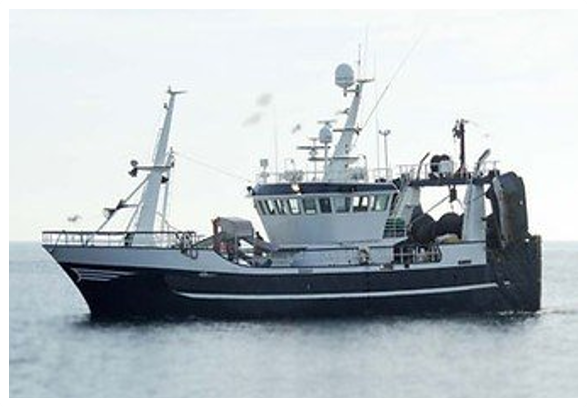Work packages
WP5 Northern European case study

Description: The review of WP1 and the methods developed in WP2 will be used to inform and develop a towed demersal fishing gear that reduces fuel consumption, minimises seabed contact and gear drag, while maintaining catch rates of the target species. In the Northern European fisheries, we will focus on the development of a twin-trawl on muddy substrate, which is typical of the Nephrops fisheries. We will consider the overall gear design and all the individual components of a trawl gear (doors, clumps, sweeps, groundgear, floats, and netting). Fishing trials will take place comparing fuel efficiency, bottom contact, hydrodynamic drag and catches of standard and new gear. The tensions in the towing wires, at positions immediately before and after the trawl doors, and just ahead of the trawl wingends will be measured using load cells. Door spread, wingend spread, and headline height will be measured using trawl geometry sensors. Disturbed sediment and the depth of penetration into the seabed will be assessed and fuel consumption will be measured.
This work package is led by DTU Aqua.